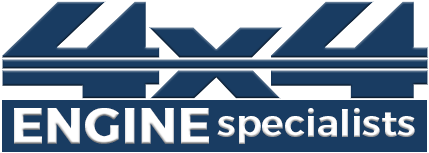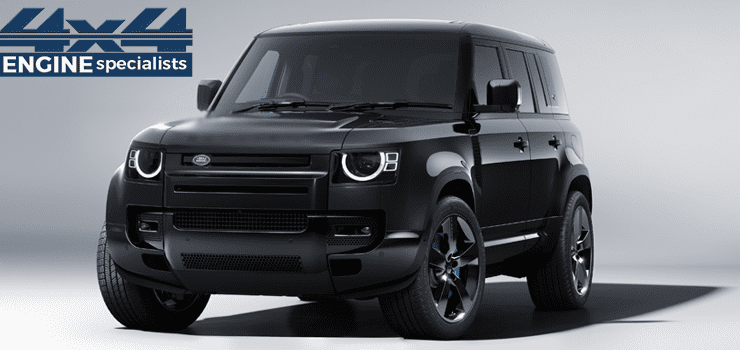Land Rover is a well-known brand of luxury SUVs that offers a range of engine options for its models. One of the most popular choices is the single turbo engine, which is a type of forced induction engine that uses a single turbine to compress air and increase the power output. But how does the single turbo engine compare to other types of engines, such as naturally aspirated, twin turbo, supercharged, or hybrid? In this article, we will explore the advantages and disadvantages of each engine type and see how they affect the performance, fuel efficiency, reliability, and cost of Land Rover vehicles.
Naturally Aspirated Engine
A naturally aspirated engine is the simplest and most common type of engine, which does not use any form of forced induction to boost the air intake. Instead, it relies on the atmospheric pressure and the engine’s design to fill the cylinders with air and fuel. The main benefits of a naturally aspirated engine are its simplicity, reliability, low maintenance, and low cost. However, the drawbacks are its lower power output, lower torque, and lower fuel efficiency compared to forced induction engines. A naturally aspirated engine is suitable for drivers who prefer a smooth and consistent driving experience, but not for those who seek high performance or off-road capabilities.
Twin Turbo Engine
A twin turbo engine is a type of forced induction engine that uses two turbines to compress air and increase the power output. There are two main configurations of twin turbo engines: parallel and sequential. A parallel twin turbo engine uses two identical turbines that operate simultaneously and share the same exhaust manifold. A sequential twin turbo engine uses two different-sized turbines that operate in sequence and have separate exhaust manifolds. The advantages of a twin turbo engine are its high power output, high torque, and high fuel efficiency compared to a naturally aspirated engine. However, the disadvantages are its complexity, higher maintenance, higher cost, and higher risk of turbo lag or failure. A twin turbo engine is suitable for drivers who want a powerful and responsive driving experience, but not for those who are concerned about reliability or cost.
Supercharged Engine
A supercharged Land Rover Engine is another type of forced induction engine that uses a compressor to compress air and increase the power output. Unlike a turbocharger, which is driven by the exhaust gas, a supercharger is driven by a belt or chain connected to the engine’s crankshaft. The main benefit of a supercharged engine is its instant boost and minimal turbo lag compared to a turbocharged engine. However, the main drawback is its lower fuel efficiency and higher emissions due to the parasitic loss of power from driving the compressor. A supercharged engine is suitable for drivers who want a fast and exhilarating driving experience, but not for those who care about fuel economy or environmental impact.
Hybrid Engine
A hybrid engine is a type of engine that combines an internal combustion engine with an electric motor and a battery pack. The hybrid system can operate in different modes depending on the driving conditions and the driver’s preference. For example, it can use only the electric motor for low-speed or stop-and-go driving, use only the internal combustion engine for high-speed or highway driving, or use both for optimal performance and efficiency. The main benefits of a hybrid engine are its high fuel efficiency, low emissions, and reduced dependency on fossil fuels compared to a conventional engine. However, the main drawbacks are its higher cost, higher weight, lower power output, and lower reliability compared to a conventional engine. A hybrid engine is suitable for drivers who want a green and economical driving experience, but not for those who seek high performance or durability.
Single Turbo Engine
A single turbo engine is a type of forced induction engine that uses one turbine to compress air and increase the power output. It is similar to a twin turbo engine in principle, but it has only one turbine instead of two. The main benefit of a single turbo engine is its balance between performance and efficiency compared to other types of engines. It has more power output, more torque, and more fuel efficiency than a naturally aspirated engine or a supercharged engine, but it has less complexity, less maintenance, and less cost than a twin turbo engine or a hybrid engine. However, the main drawback of a single turbo engine is its potential for turbo lag or failure compared to other types of engines. A single turbo engine is suitable for drivers who want a versatile and balanced driving experience, but not for those who demand extreme performance or reliability.
FAQs
What is the difference between a turbocharger and a supercharger?
A turbocharger is a device that uses the exhaust gas to spin a turbine that compresses air and increases the power output. A supercharger is a device that uses a belt or chain to drive a compressor that compresses air and increases the power output.
What is turbolag?
Turbo lag is the delay between the moment when the driver presses the accelerator pedal and the moment when the turbocharger delivers the boost. Turbo lag occurs because it takes time for the exhaust gas to spin the turbine and for the compressed air to reach the engine.
What are the benefits of a hybrid engine?
The benefits of a hybrid engine are its high fuel efficiency, low emissions, and reduced dependency on fossil fuels compared to a conventional engine.
What are the drawbacks of a hybrid engine?
The drawbacks of a hybrid engine are its higher cost, higher weight, lower power output, and lower reliability compared to a conventional engine.


